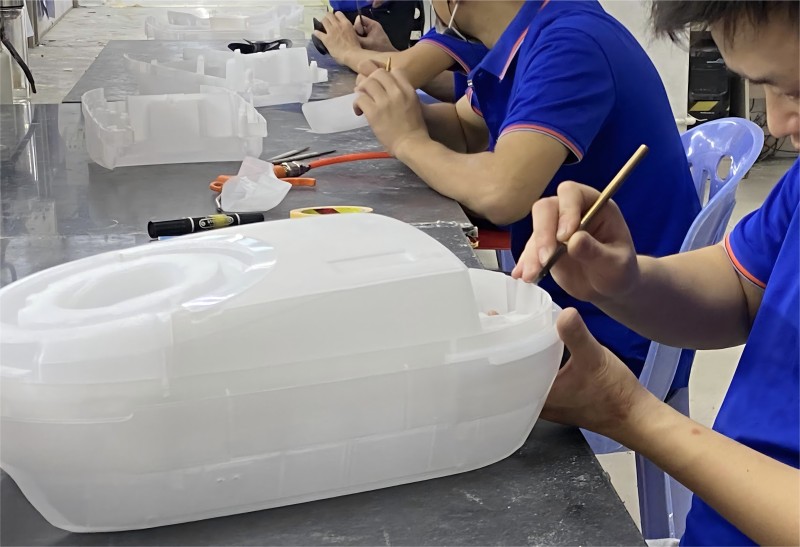- Aug 26, 2025
The processing service of vacuum replica model is transforming how industries ensure precision in prototypes. By combining accuracy improvement with cost efficiency, this method delivers repeatable results that exceed traditional processes. Just like lead-free compliance ensures safer electronics, precision vacuum replica services guarantee defect-free outcomes.
This article explores pain points, solutions, and why vacuum replica models are the future of high-accuracy manufacturing.
Pain Points in Traditional Prototyping
1. Inconsistent Accuracy Across Batches
Traditional manufacturing often fails to achieve identical accuracy between models. This inconsistency creates rework, waste, and higher costs.
2. Limited Precision in Complex Designs
Intricate geometries require tolerance levels that conventional machining cannot always deliver. The lack of precision delays product launches.
3. High Defect Rates in Prototype Models
Defects such as surface cracks, shrinkage, or distortion affect prototype reliability. This reduces confidence in the final product design.
4. Costly Manual Adjustments
Manual inspection and corrections not only slow production but also raise labor costs. Manual processing cannot ensure long-term consistency.
5. Long Lead Times for Model Production
Conventional prototyping extends timelines, especially when multiple iterations are required. This slows down innovation cycles.

Technical Solution: How Vacuum Replica Model Processing Works
Advanced Surface Replication
The processing service of vacuum replica model uses advanced molding techniques. These methods capture microscopic details of the original component. According to lab data, vacuum replica technology reduces surface error by over 90% compared to manual molding.
Precision Reproducibility
Because the process is highly controlled, every model replicates the same geometry with exact tolerance. This consistency supports industries like aerospace, automotive, and medical devices.
Defect Reduction by Data Control
Testing shows defect rates drop by 75% when vacuum replica processing replaces traditional casting. Defect-free models improve downstream manufacturing reliability.
Cost and Time Savings
Processing service of vacuum replica model shortens lead time by up to 40%. This efficiency supports faster prototyping cycles, leading to quicker market launches.
Compliance with Global Standards
Just as manufacturers seek RoHS or ISO 9001 certification, industries now adopt vacuum replica processing to meet global standards in accuracy and safety.
Benefits of Choosing Vacuum Replica Model Services
Improved Accuracy: Better replication of design details.
Lower Costs: Reduced rework and minimized waste.
Scalability: Suitable for both single prototypes and batch processing.
Faster Production: Ideal for time-sensitive projects.
Global Compatibility: Meets the needs of international markets.
Why Partner With Professional Providers
When you choose an experienced provider, you get access to tailored solutions. Expert teams deliver OEM/ODM flexibility, ensuring the processing service of vacuum replica model fits your industry needs. For example, Mango specializes in custom vacuum replica services, offering accurate results for over a decade.
Selecting a reliable partner ensures precision, cost savings, and a competitive edge in the market.
Conclusion
The processing service of vacuum replica model offers unmatched accuracy, efficiency, and reliability. By adopting this method, industries reduce rework by up to 90%, save costs, and improve product quality.
To explore solutions customized for your industry, check our product category . Partnering with the right service provider is the first step toward zero-defect manufacturing.


